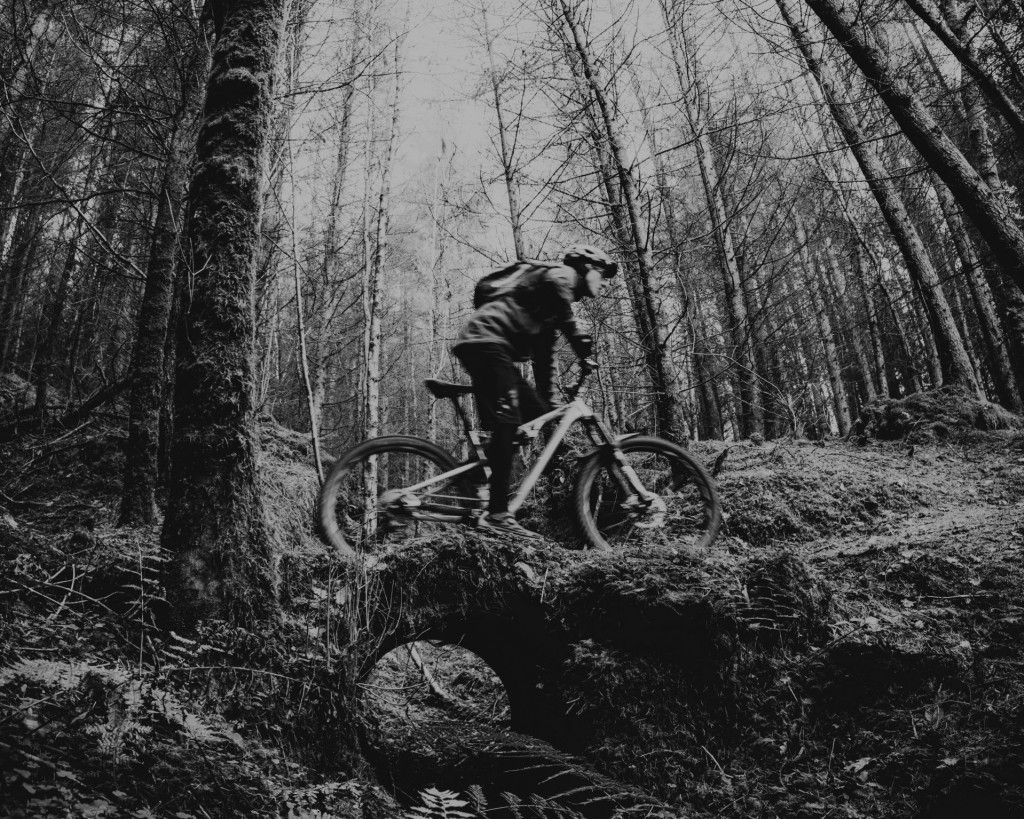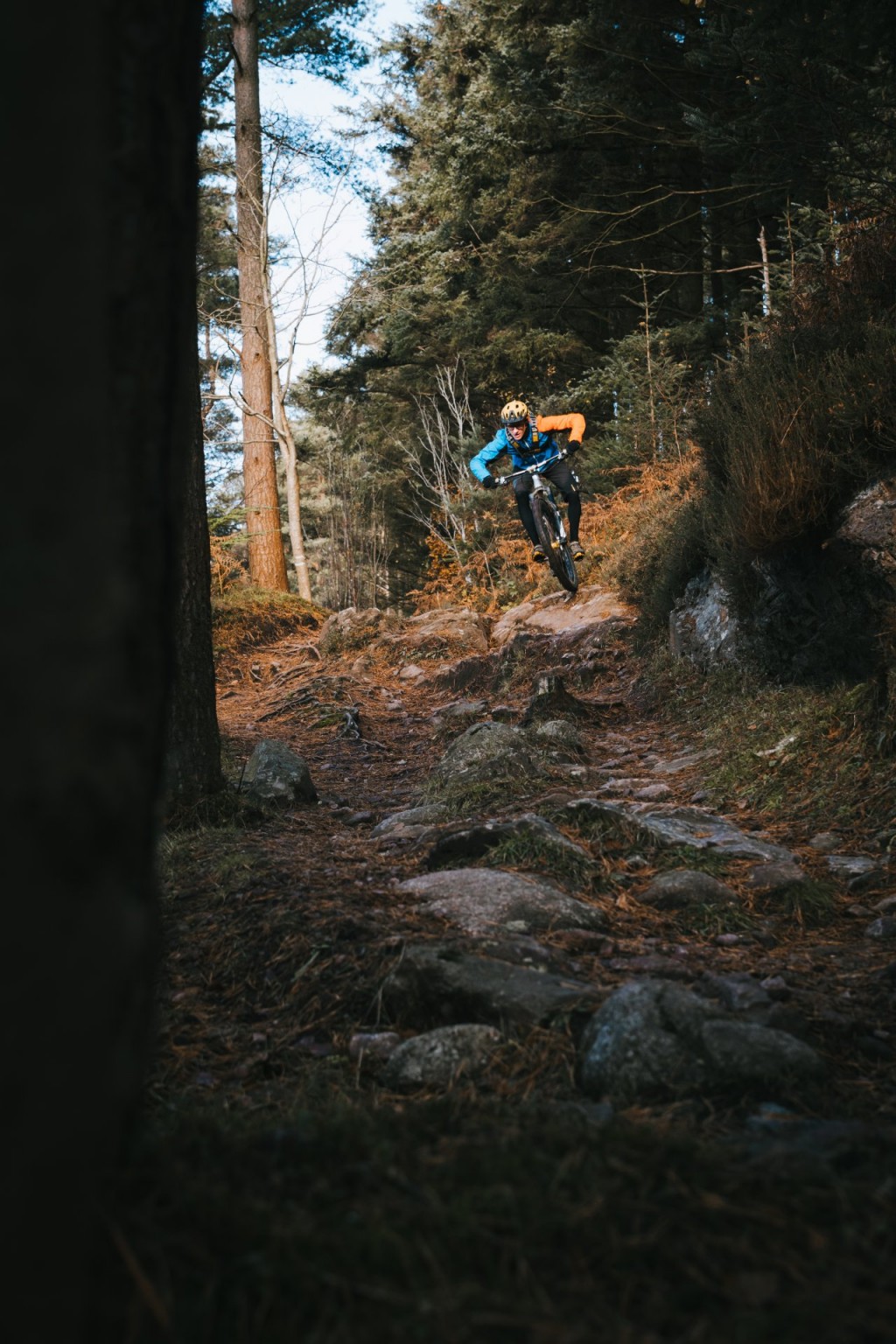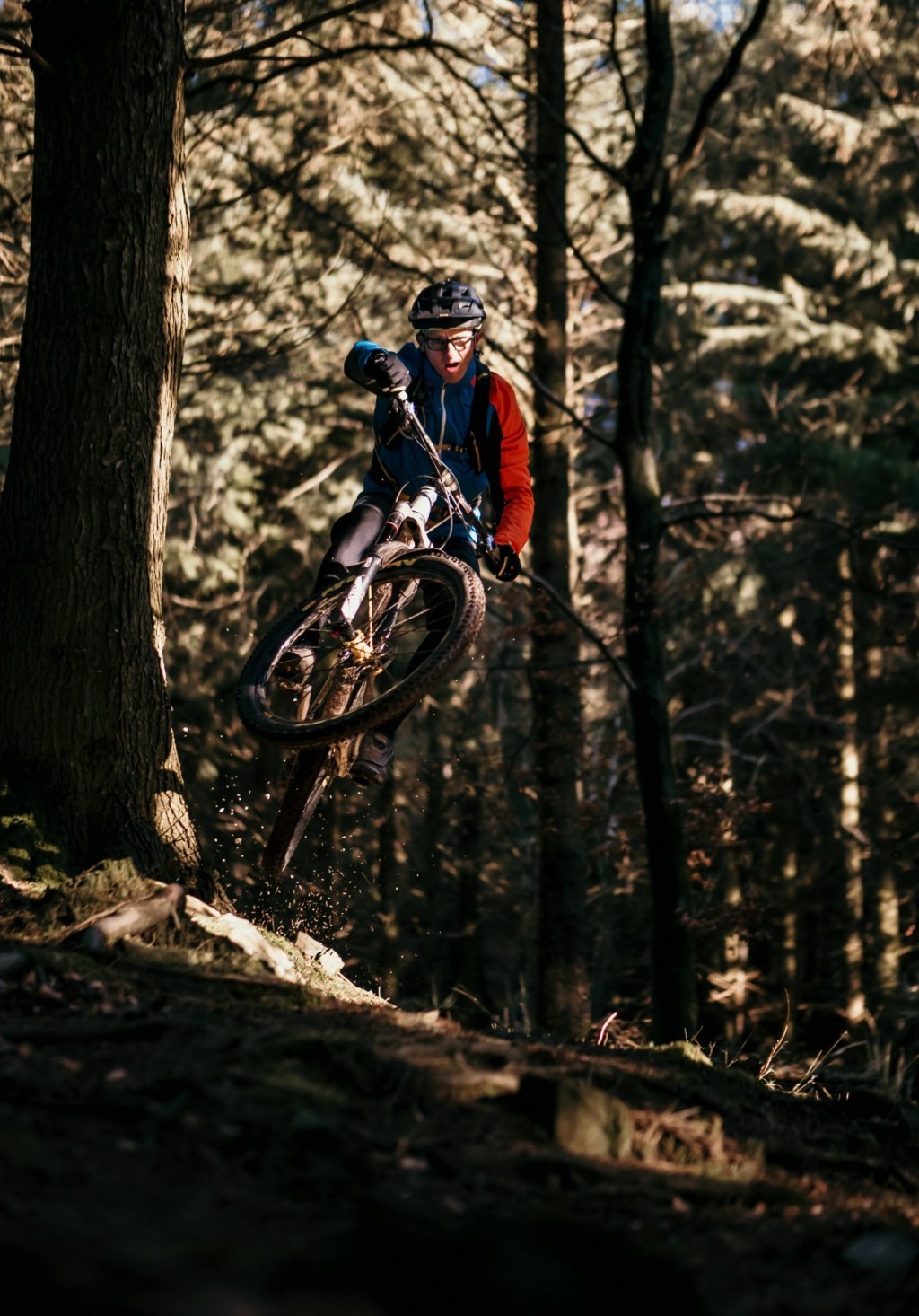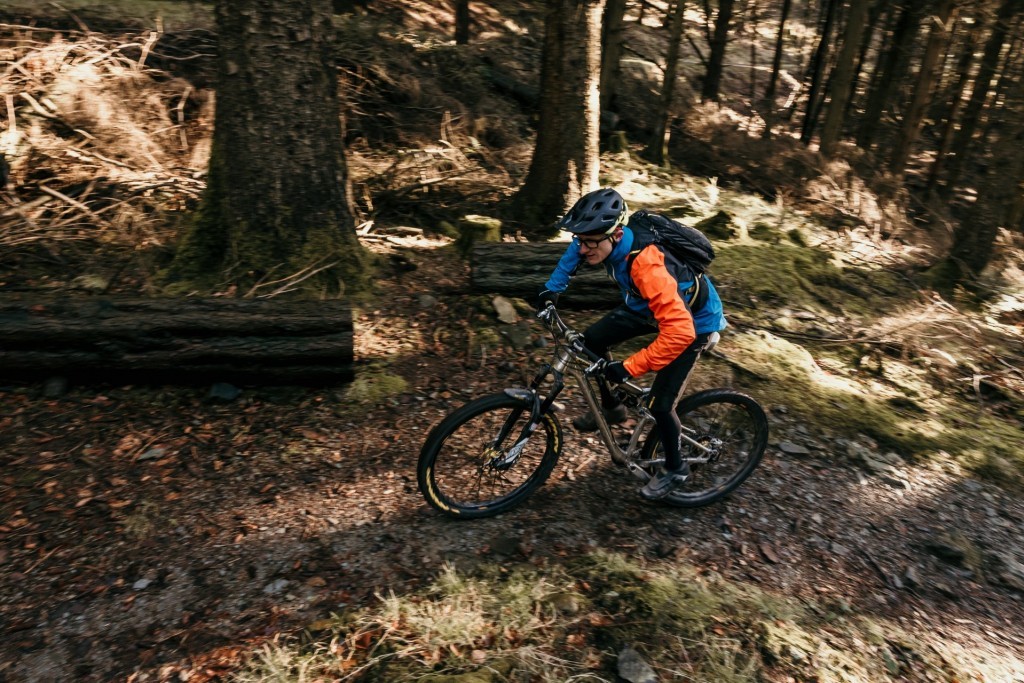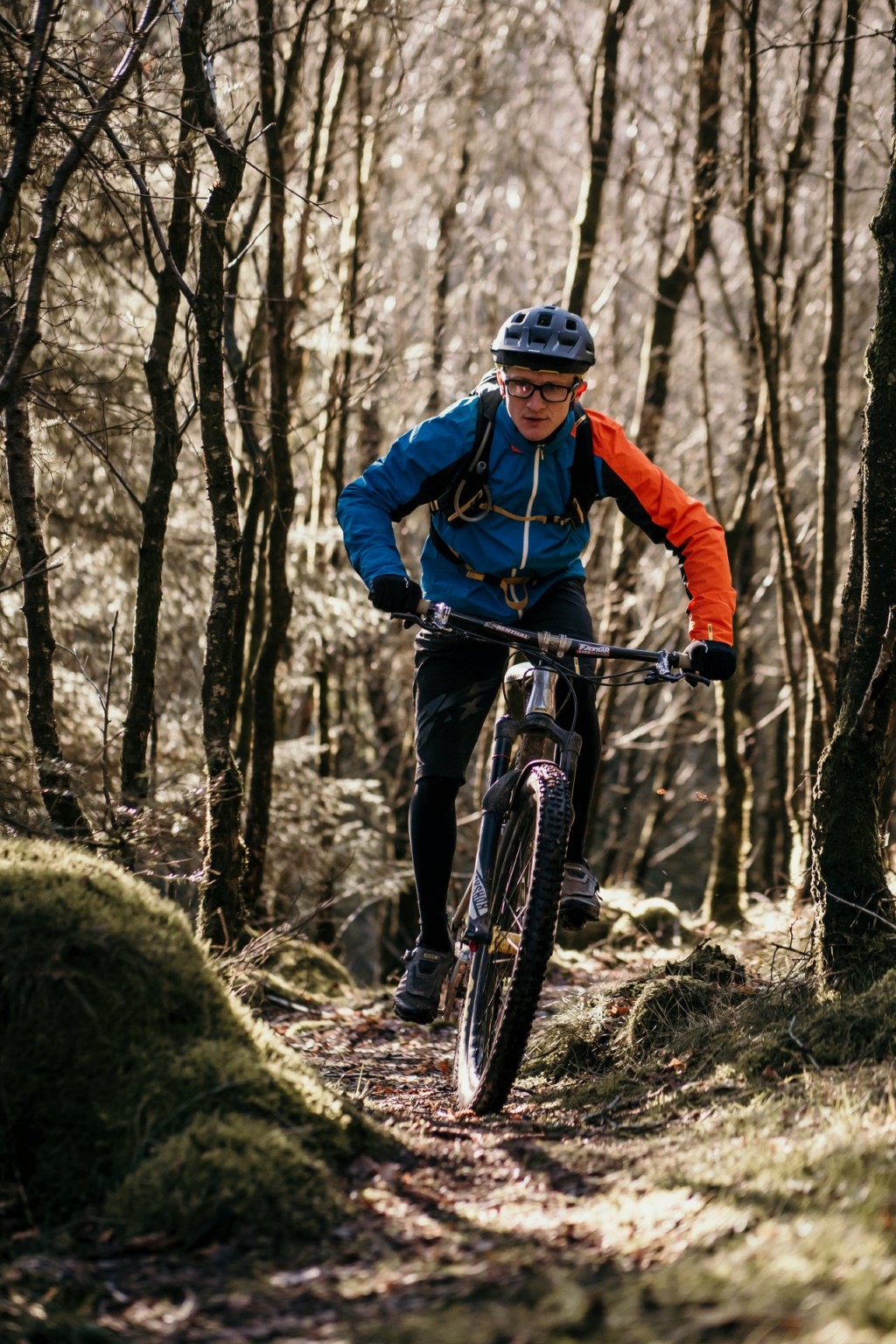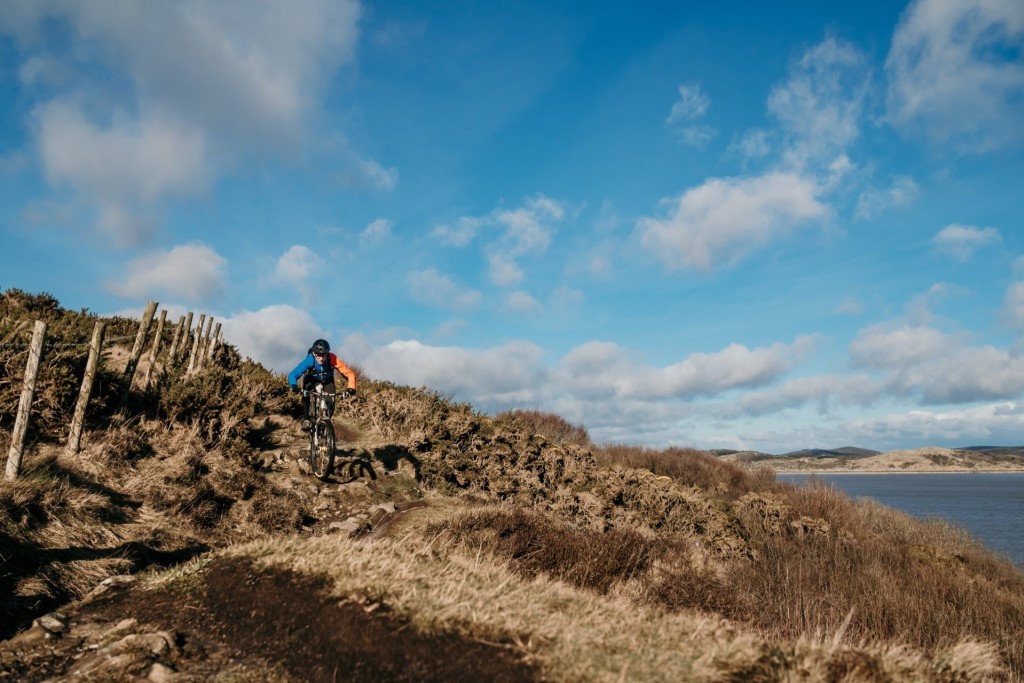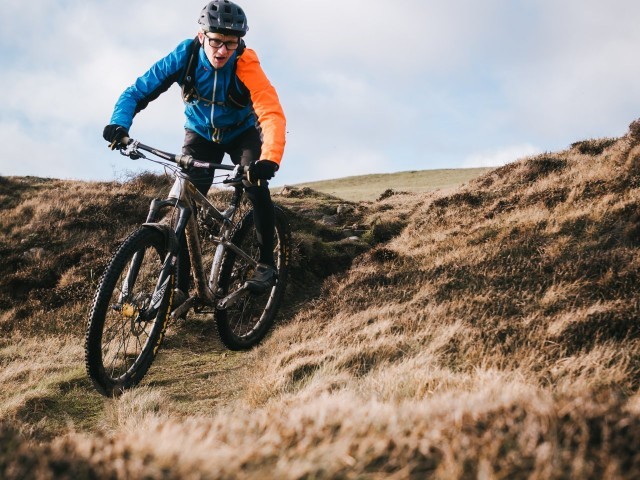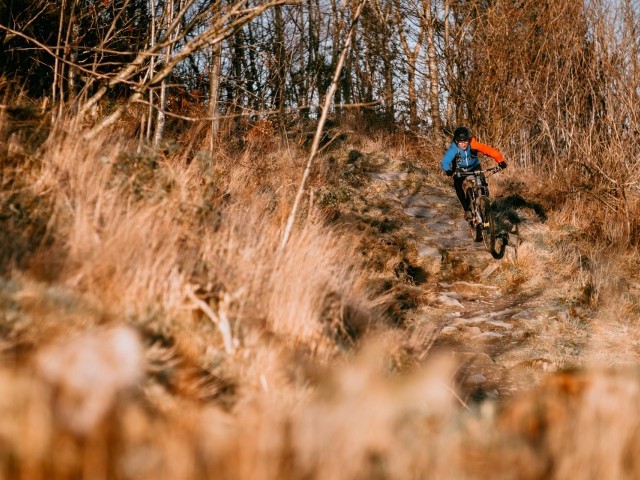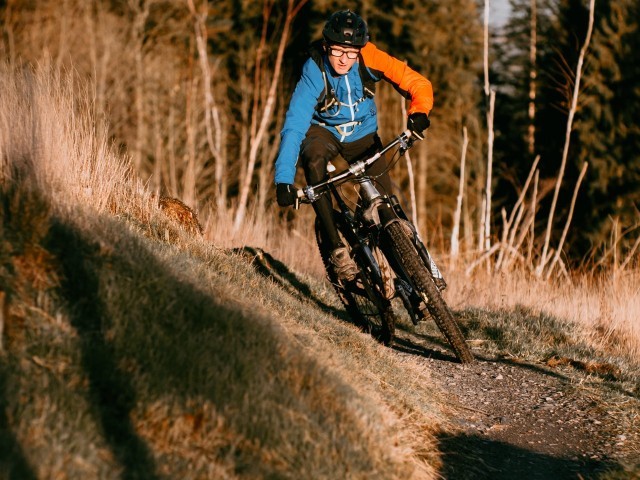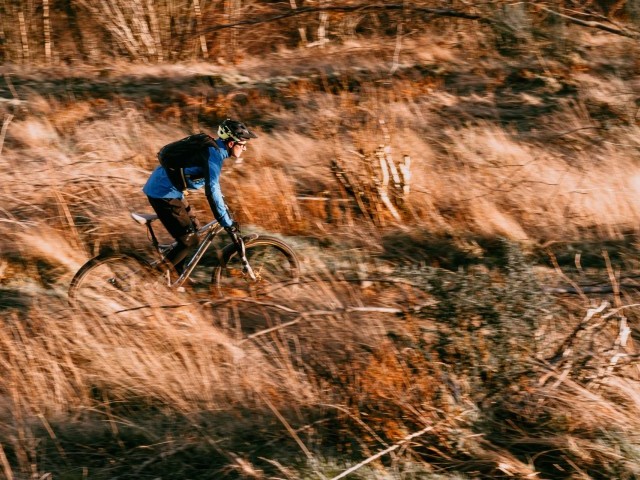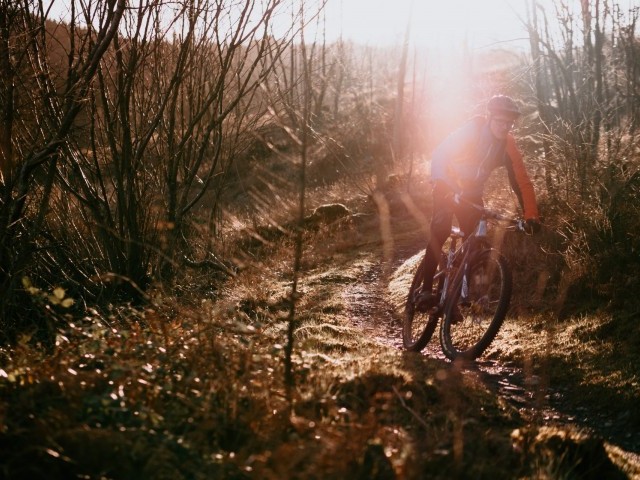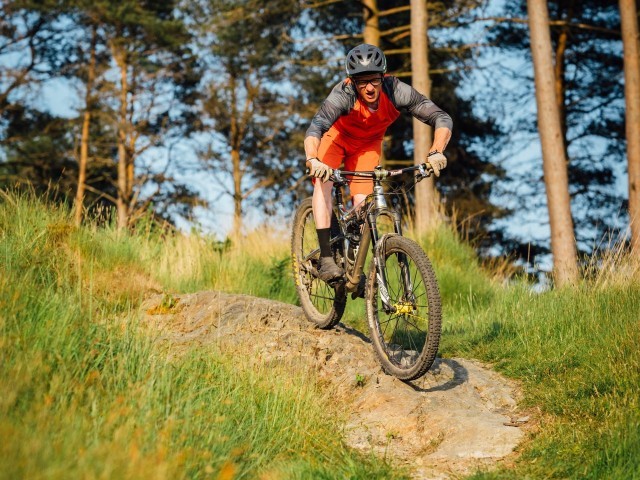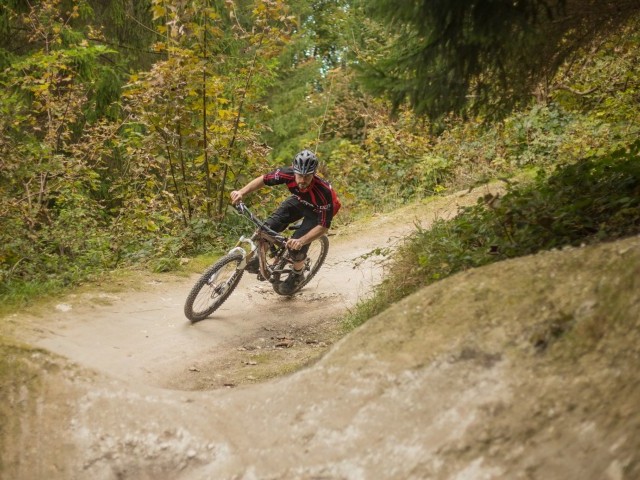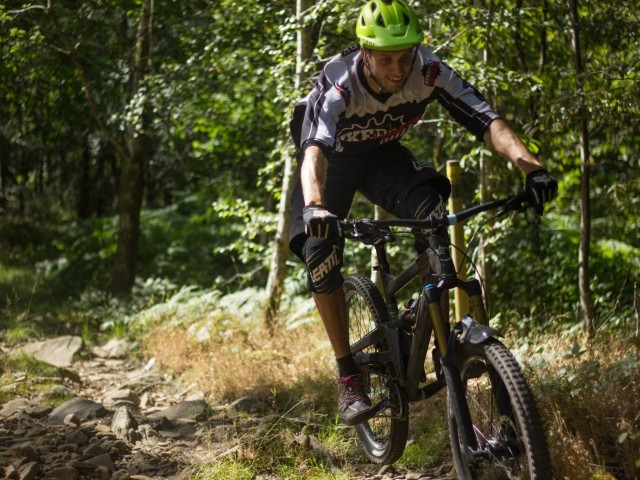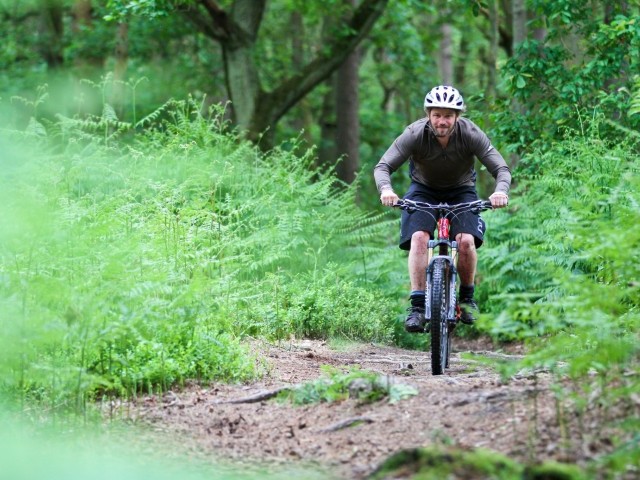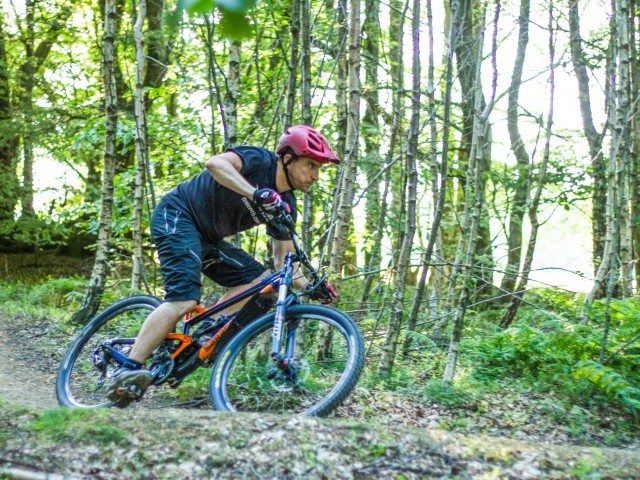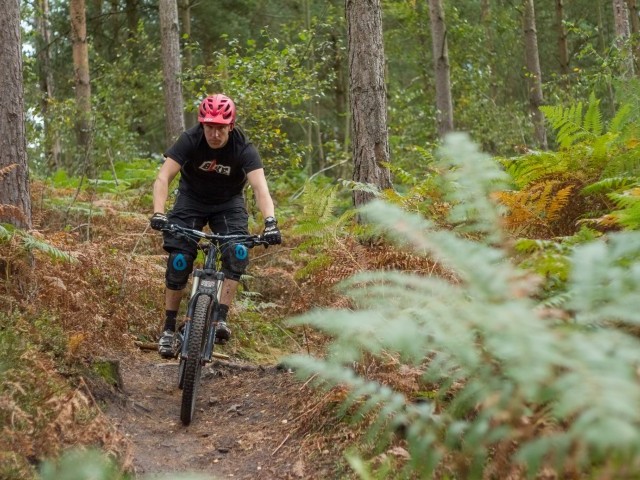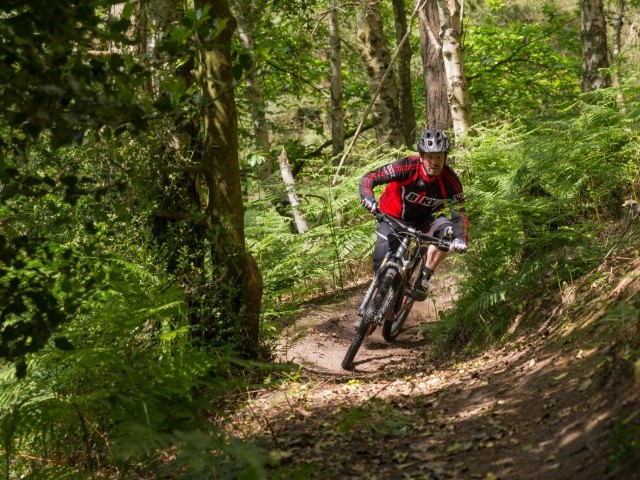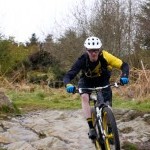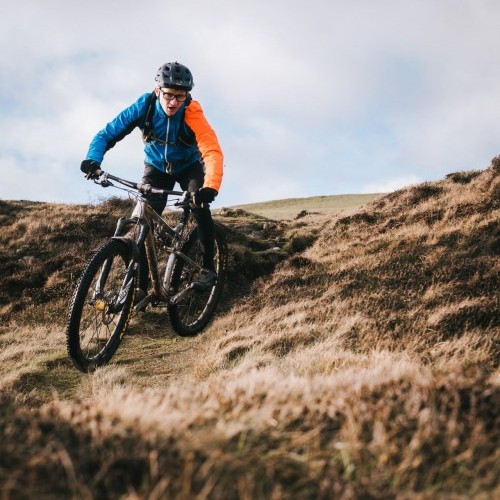
Climbing
Technique / Terrain
Uppers Will Improve your Downers
Having been around the scene for over three decades I'm well aware that climbing is not everyone's cuppa tea, but when push comes to shove, we have to face the reality that in order to go down first we must go up. All too often the topic is taboo for the recreational rider, and it is easy to snub those who seek Strava gold or wear the spandex to 'make the fitness', but climbing stuff is more than just hauling uphill.
With the bulk of the UK buying market hopping on the new enduro bandwagon, where the focus has become more orientated towards gravity-assisted sections of trail. Many riders end up with wheels below themselves that are better suited to the downhill gnar, yes they are capable steeds that enable you to get to the top under your own steam (especially thanks to sprockets the size of dinner plates). Still, the industry and bikes have in reality done little to sell the climb, and let's face it, it's a hard sell.
There is a tendency for riders to take that 'easier' option to get to the top, be it the forest road or the slacker gradient access path it is uncommon to hear the phrase 'let's go up the hard way'. For me, that is a shame, considering that for the most part of any bicycle ride you will spend the vast majority of your actual time climbing. So why not celebrate it, even embrace it!
There are always subtle skills and techniques being learnt when we address a bigger topic, the manual gives us sneaky finger control and brake balance/feel, the wheelie teaches us gear selection, cadence and crank timing. Climbing more challenging trails is no different, and it presents us with lots of opportunities, (think time on the clock), to bag some valuable practice time. Developing senses and techniques that will inevitably improve your traverse work and critically your descending.
I appreciate that fitness is a significant factor here, but shying away from a bit of hard graft isn't going to get you very far in the great outdoors. If breaking a sweat isn't your thing then you had better take up knitting. The more you do, the easier it gets, well sort off. Actually, you tend to discover you either do the same climbs but faster or you start hunting out harder stuff and suffering equally as bad.
Mountain biking is a sport that you REALLY have to want to do, sure there have been excellent facilities and 'pathways' into the realm of off-road. However, if you have any real staying power, then you will need steely resolve, the mountains are entirely unapologetic and treat everyone with equal contempt, so you had better be ready and humble.
Even in less intimidating terrain some gradients and sections will need to be dealt with, steep ramps, slippery roots and the continuous repetition of effort followed by recovery will wear even the elite over time, it doesn't take big hills to do tough climbs! Sometimes it is the repetition of smaller hills that are harder to deal with than big long climbs, on the more significant climbs it is easier to settle into a rhythm, steeper and technical sections obviously require more grunt and finesse to pass and in long climbs that do drain the already emptying tank.
The longer sections in between allow more time to recover, when the terrain is intense, and you are up one minute, and down the next, there is little time to recover before the next effort, we build up the burn and run out off puff sooner. Again this observation takes us back to having the need to mix up our riding if we are to become well rounded 'complete' mountain bikers. Still, even with the legs and lungs in tip-top shape, they are little use if they are connected to a torso, head and arms that can't make the bike dance through the terrain.
If you have not got the basics, go back through the previous features and nail the core skills, you're going to need them! Wheelies and rear wheel lifts will do most of the work when the going gets tech, and that crank timing and gear selection are going to help you further still. Vision sets the line having consulted your traction database, gear selection is at your fingertips, and the sustain to the gradient along with surface conditions and energy remaining will help inform your choice of advance.
If you have the legs and lungs to go for it, then only a spin-out or stall stand in your way of nailing a techy section of climbing. Crucial mistakes come from not accelerating into steeper gradients and sections that step up, spinning too lower gear, driving too bigger gear and looking down at the feature rather than through. Wheelspin and loss of traction comes down to tyre choice, pressure and the subtle changes of weight distribution as we move to the front of the saddle and back to the rear of it.
Being sat as if in your armchair will also wreak havoc with your chances of cleaning a climb, we need to hover above the saddle, sometimes planted and fully seated then other moments just brushing its surface. When the wheels need lifting and moving around, and when the gradient gets real steep, the whole body must come into play, standing 'honking' and unweighting the bike.
Watch a pro road rider climb or a BMX racer sprint then you will see how they bring the whole body into play, pulling and pushing on the bar to counter the force being put through the crank, frame swaying from left to right like a pendulum for maximum power delivery - honking in old money. All that extra power delivery can work against us, and easing up on the pressure through the drive system when anticipating wheel spin will also go a long way to helping you overcome the steep.
When confronted with sections that have sizeable step-ups, there is the need to wheelie to get the front wheel up onto the feature, this is where progressing that seated wheelie to a standing power wheelie can also help us. Using the elbows pivoting through the hips, you can counter the lift generated from that dynamic increase in power delivery to avoid looping out the back. As you power through, in order to get the rear wheel up, you are going to have to get that rear wheel unweighted, while still driving the crank round so as to power out when the rear passes the spin-out point.
This is a progression from a basic rear-wheel lift where you are rolling along with no power going down. This is where that muscle twitch and dynamic range of movement in the legs (particularly knee joint) will pay dividends, the trick is to never have the crank in the vertical position when starting the lift and when the load comes back in as the rear wheel meets the trail again. Also not excessively lifting the rear wheel higher than needed helps heaps, it is more of an unweighting than a real air under the tyre movement. Some sections will require you to drop a gear as you are midsection, the most subtle ease on the power will help get a clean shift, most chain failures are as a result of poor shifting especially shifting when under heavy loads.
The real techy stuff may require a stop hop and continue, the odd hop and track stand are useful but too many static hops or little forwards progression from hopping means energy is being used unnecessarily. This approach is redundant unless the purpose of the exercise really is to clean a very technical section and not to go for a longer ride. This type of energy expulsion is not sustainable over more extended time frames, and sections that would require such an approach are often better walked, I have to say. However, it is satisfying to clean something that gnarly, but inevitably you will pay the price somewhere down the trail for your efforts, manage your energy reserves wisely.
In terrain that is less severe, there is still the chance to deploy the core work and sharpen your climbing game. Spotting lips, rocks, roots and threading the wheels between the small hits saves energy and hones your vision to become razor-sharp. Unweighting with little power wheelies and getting that rear wheel light by lifting yourself out of the saddle also develops micro movement muscle memory. The frequency of these actions and the duration in which you can utilise them is a considerable amount of actual time. All minutes and hours that you can spend bagging practice that can all too easily go by without cognitive engagement, no time for chatter on the climb, save that for the bar.
Cornering while climbing brings in a whole new dynamic, leverage from the torso has to be minimised, and power delivery kept smooth. Weight distribution will need to be continuously tweaked, so the front wheel doesn't 'push on' nor hang up and stall on the rough stuff, you may need to pop that front wheel up mid-turn or just unweight it slightly. Keeping an eye on what's immediately in front of the front wheel should be done by dropping the eyeballs. At the same time, the head is held up to look through and up the trail, lift the eyeballs to spot ahead looking at where you 'want to be' on the trail then let the eyeballs drop-down to check that you are 'still on target' for the desired line.
This also translates to traversing and descending, we just look that bit further ahead as speed increases. This another good reason to take the trail up and not the forest road, many minutes of honing this technique that again can be lost if we opt for the easy options. When the trail surface is severe, loose rolling rocks, knobby hard bedrock and fixed boulders poking out it can be beneficial to lower the saddle slightly, this puts you 'in the bike' more, particularly behind the bar rather than over it. The front-wheel may want to wander leading to the dreaded pinball wizard, by twisting the wrist and bringing the elbows down and inwards ever so slightly we can help keep the front end tracking straight.
So now you know there is more to going up than KOM's and climbing shouldn't be the reserve of XC whippets and sadomasochists. Perhaps you will indulge yourself in a little bit of the tough stuff for the greater good of your overall mountain bike experience. Go out and challenge yourself, 'make the fitness' and keep in mind all the 'secret training' you are getting to help distract you from the burning thigh and throbbing lung, techy climbing is fun, and it will sharpen your descending in return, see you at the top.
This technique article was in Issue 63 of IMB.
Related
By Clive Forth
Clive Forth is a rider who has been there, done that, got the t-shirt and cleaned his bike with it. He has grown with the UK scene and technological developments for the last 30 years and has competed at all levels in all disciplines riding for some prestigious brands along the way. Always looking for that extra edge with endless passion and drive he is geared up to bring you the inside line on all aspects of mountain biking skills and technique.





